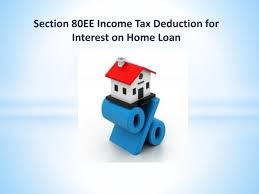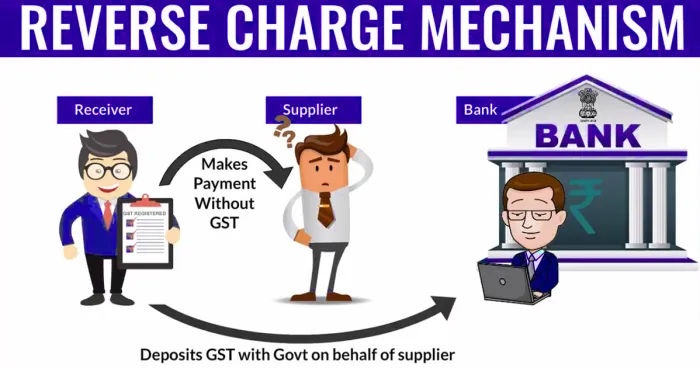Scoops Ice Cream Franchise
Scoops Ice Cream is a popular ice cream chain that offers a variety of ice cream flavors, sundaes, shakes, and other frozen desserts. The brand is known for its unique flavors, high-quality ingredients, and a wide range of options that cater to different tastes and dietary preferences.Ice-cream is known to be a seasonal product with tremendous demand in the summer season, but in recent years, consumption of ice-cream and other frozen desserts in winters has been on the rise. In India, Scoops ice cream was introduced in the year 1989 by Haridwar group and is one of the fastest growing brands ice creams in the market. Scoops Ice Cream Franchise Services Provide a detailed operating manual for the franchise. Extensive and intensive training at Headquarters will be given for effective sales and marketing. Assists in all aspects of operating the franchise. On-going support will be available even after franchise startup. Guidance for selection of sites/location from experienced officials. Regular updates on the latest technological improvements and new flavors. What are the Requirements? Initial Investment: This includes the franchise fee (the upfront payment for the brand license), store setup costs, and equipment. Costs can vary depending on the location and store size. Royalty Fees: Franchisees usually pay an ongoing royalty fee, which is a percentage of the revenue. This fee helps cover the continued use of the brand and support from the franchisor. Marketing Fees: Franchisees might contribute to a national or regional marketing fund to promote the brand across all stores. Location and Setup: Scoops Ice Cream franchises need a location that aligns with the brand’s image, ideally in a high-traffic area like a mall or shopping center. Financial and Area Specifications An interested applicant is required to invest an amount of Rs.1 Lakh to Rs. 10 Lakhs as per the area specifications. The outlets are set-up with square feet ranging between 150-1000 square feet; and is located in potential areas such as Multiplex, educational institutions, Modern Trade or Malls, transport stations, Parlour on wheels, municipal transport gardens, etc. Proprietary Products The produced traded in such outlets are fully loaded with the Ice creams like Candies, Novelties, Scooping Gallons, Bars, Cups, Ice cream Cakes, Family Packs etc. Training Training for seven days will be given to the eligible applicant covering all aspects of conducting a franchise, will be held at the head office at Hyderabad or in any other desired location. Term of Agreement The Franchisee needs to sign an MOU which contains the written statement about the company terms and condition will sign a franchise agreement with selected franchise owner for five years initially. The agreement is however renewable if both the parties agree. Process for Applying Scoops Franchise Online Please visit the official website of Scoops Ice cream. Select the “Scoop Franchise” option from the menu bar on the home page of the portal. Click on ” Franchise Application form” to apply for Scoops franchise. The applicant has to fill the application form with the required details and click on the”Submit” button for successful registration. FAQs What is the Scoops Ice Cream Franchise? Scoops Ice Cream is a popular ice cream brand offering a variety of flavors, desserts, and beverages. The Scoops Ice Cream Franchise allows entrepreneurs to open their own Scoops outlet under the brand name, following its business model, and selling its products. What are the benefits of opening a Scoops Ice Cream Franchise? Brand Recognition: Benefit from the established brand presence and customer loyalty. Proven Business Model: The franchise provides a ready-to-implement business model with a clear operational structure. Support: You receive support in areas such as training, marketing, and supply chain management. Product Range: Access to a variety of ice cream products and innovative offerings. Ongoing Marketing Support: Franchisees receive marketing materials and promotiona
Scoops Ice Cream Franchise Read More »



